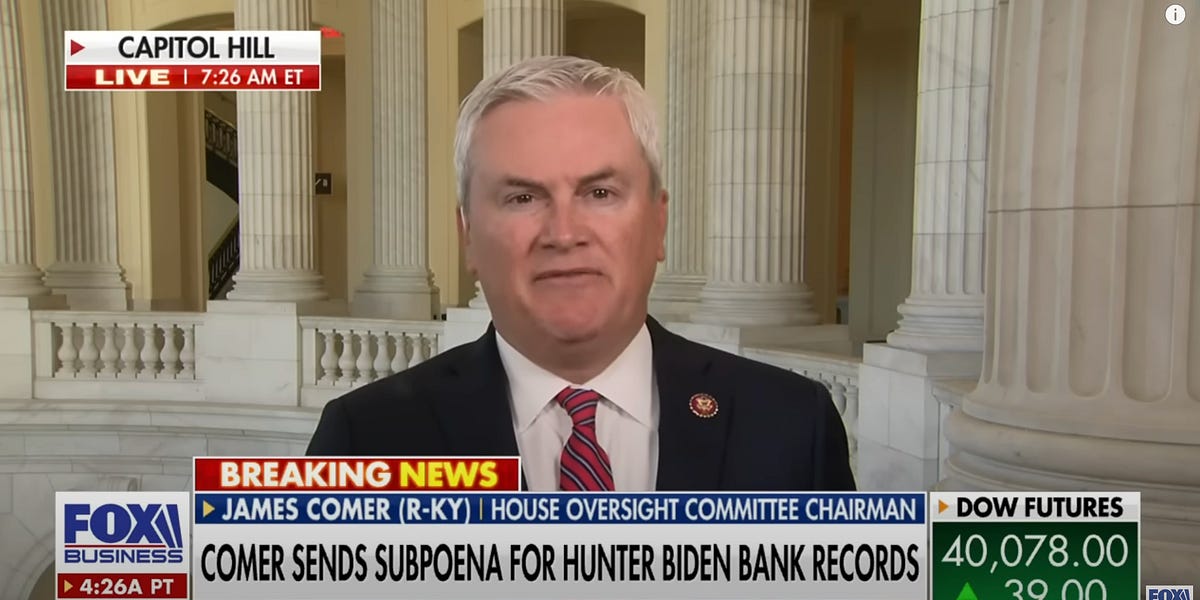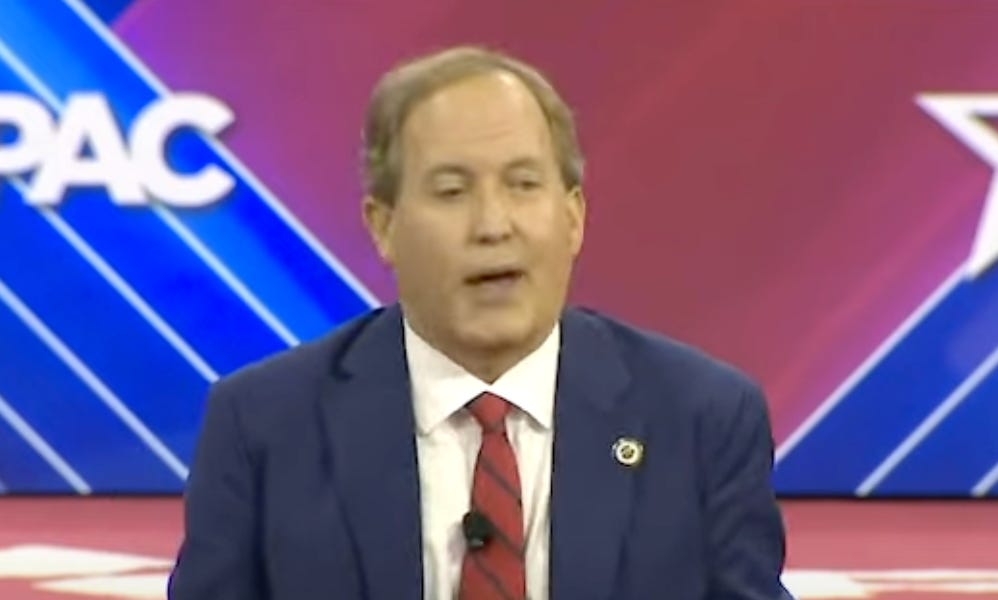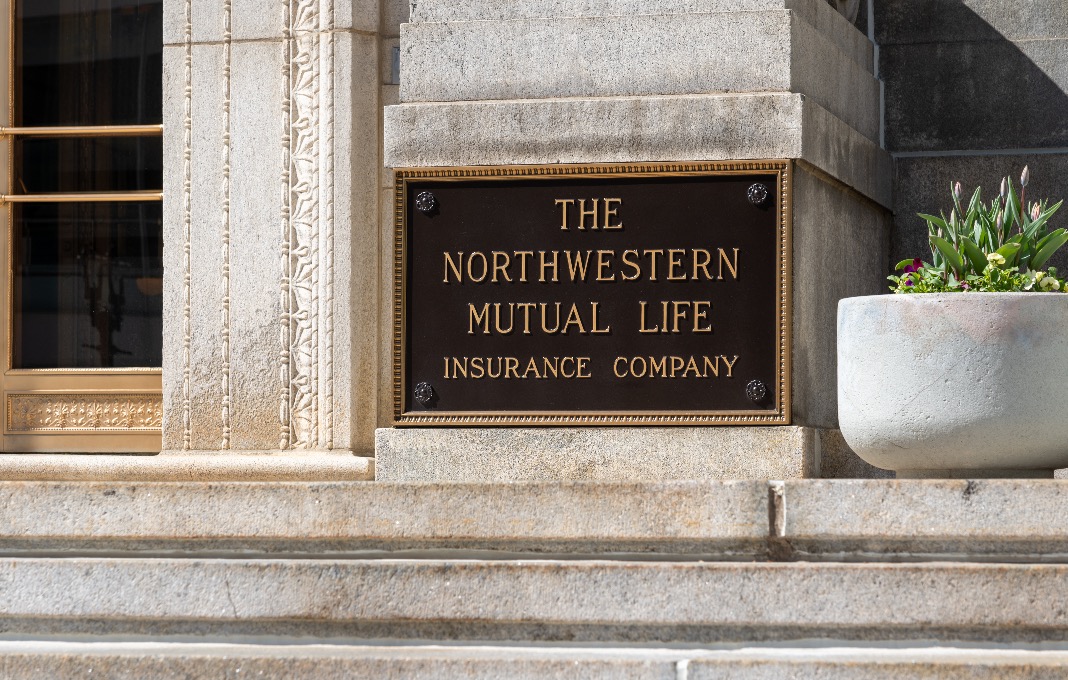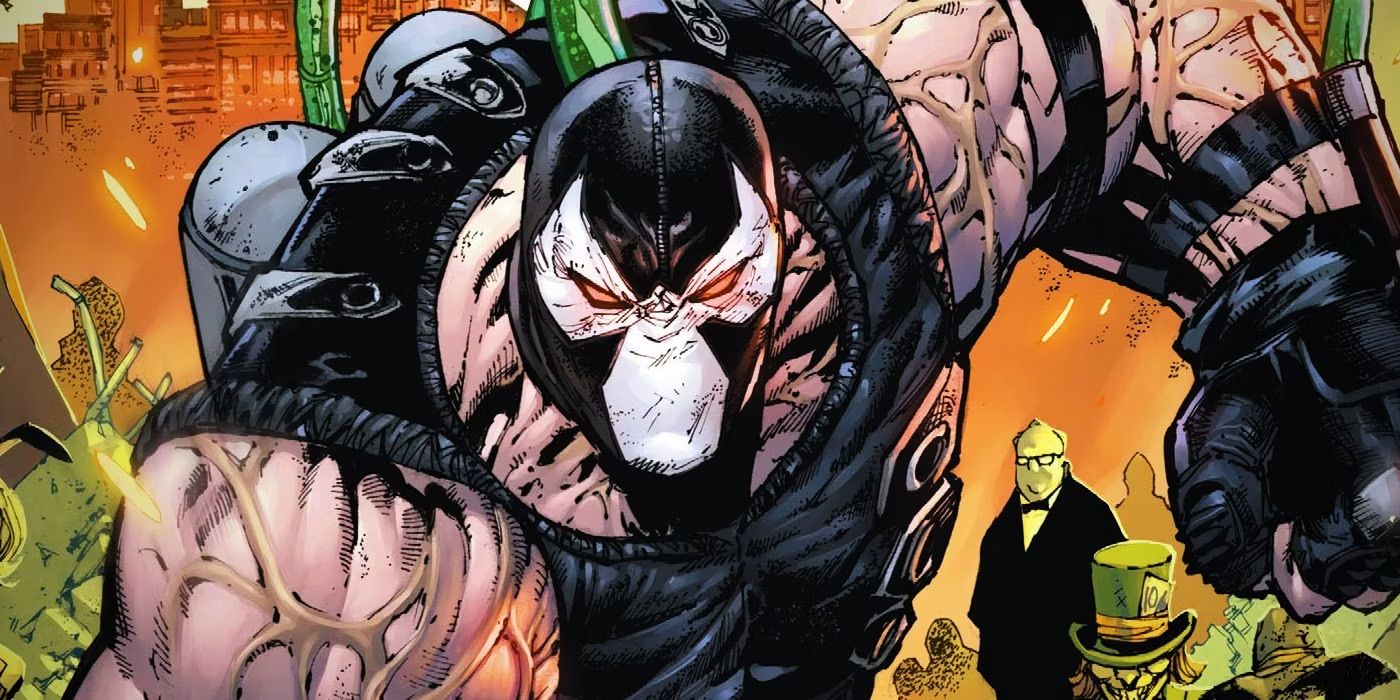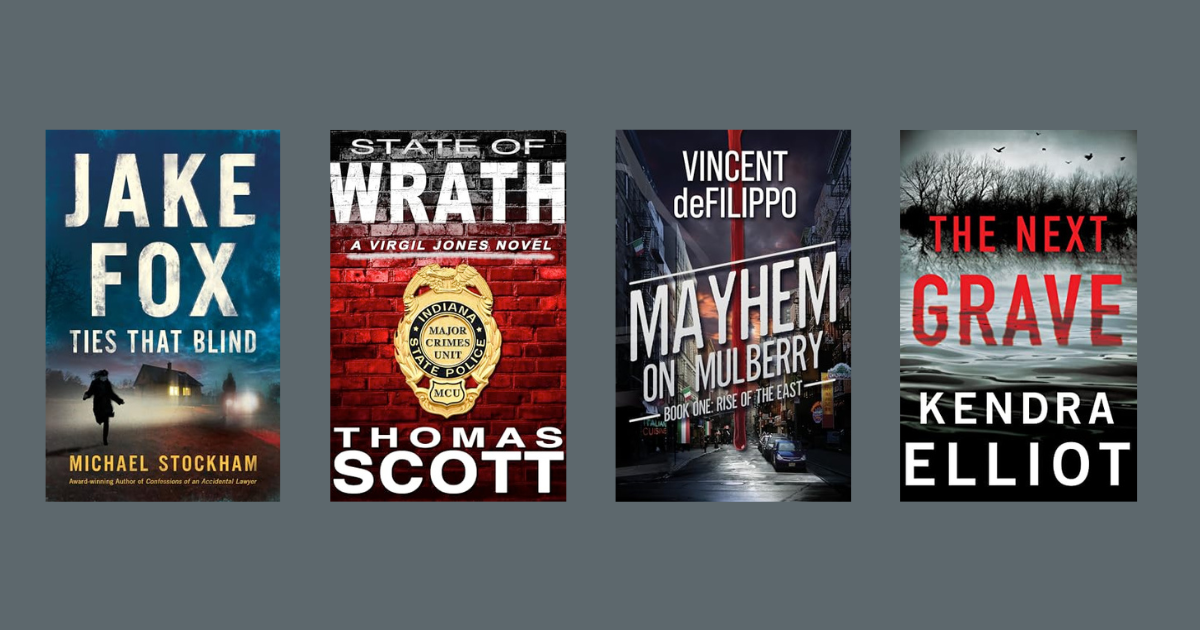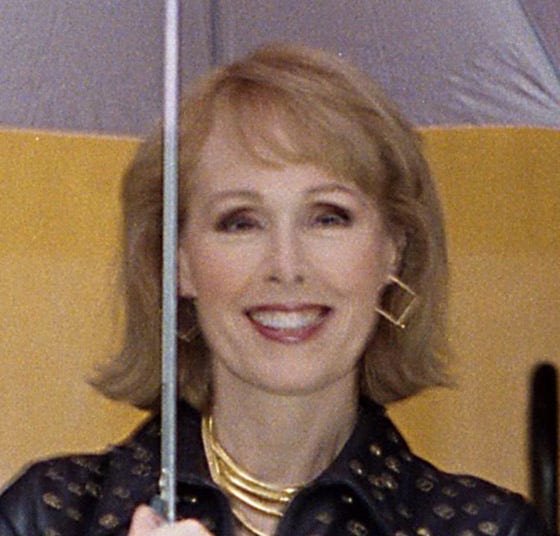OIT, which stands for Only In Theaters, is appearing more and more in previews and trailers for upcoming movies and I am wondering if this will prove to be a boon or a bust for the film industry. BP (before the pandemic), there was a disagreement between studios, theater owners and streaming platforms about the length of time between a new movie’s theatrical release and when it could appear for home viewing via streaming or other online platforms. Originally we had to wait as long as six months, which evolved to a 90-day window, which became a 60-day window, and then shortened considerably until it became a “day and date” event, enabling certain new releases to be made available on the same day in theaters and for home viewing.
Once the pandemic continued in earnest, however, most theaters shut down and everything was online. Some theater owners, such as the Music Box in Chicago, bravely presented special theatrical events by following strict pandemic protocols. (Read my report on visiting the Music Box for the first time during the pandemic here.) But as home bingeing of movies and series became almost a sport, some declared theater-going dead. Fortunately, rumors of the demise of the movie theaters were greatly exaggerated with AMC Theaters, in particular, receiving a reprieve on Wall Street by some renegade Robin Hood investors buying its stock in a scheme that is itself worthy of a movie.
Currently, the trend to present new films for home viewing seems to be going in the other direction, with major studios holding movies for theatrical release or “OIT” Only In Theaters. John Fithian, president of the National Association of Theater Owners, telegraphed this at Comic-Con in San Diego recently saying that “I am pleased to announce that simultaneous release is dead as a serious business model, and piracy is what killed it.”
I don’t know how this will all play out, and whether the movies now being shown exclusively in theaters will have to get home-viewing to be seen by a larger audience later, but today I am recommending five movies that were initially shown OIT, and that I recommend, if possible, seeing in theaters. There is truly nothing quite like the communal power of a big screen experience. In no particular order they are: “Top Gun: Maverick”; “Elvis”, “Hallelujah: Leonard Cohen, A Journey, A Song”; “Where the Crawdads Sing”; and “Nope”.
I am also including trailers for two upcoming films that I am looking forward to seeing in theaters: “Black Panther: Wakanda Forever” (the trailer for this is exquisite and one of the best trailers I have ever seen). And “Till” directed by Chinonye Chukwu (“Clemency“) and based on the true story of Mamie Till Mobley, a Chicago mother who fought to get justice for her 14-year-old son, Emmett Till, when he was brutally lynched in Mississippi in 1955. Her decision to display his disfigured body in an open casket so that “the world could see what they did to my boy” was an impetus for the Civil Rights movement.
This film was written by Keith Beauchamp and Michael Reilly. It is produced by Whoopi Goldberg. I consider this one of the most important stories in our country’s recent history, and as a Chicagoan who grew up keenly aware of it, I was initially involved in an effort to bring it to the screen based on the book Death of Innocence: The Story of the Hate Crime That Changed America, co-written by Professor Christopher Benson and Emmett’s mother. Although I was not ultimately a part of it, I think it successfully became an episode in a PBS docuseries about American History.
Unbelievably, just when we think there could be nothing new in this case, an old unserved warrant for the arrest of Carolyn Bryant for aiding in the kidnapping of Emmett Till was discovered within the last month. I have no idea what will happen in that case, but 67 years later, it is still news. There are several projects underway by various filmmakers, and I look forward to seeing them all.
1. “Top Gun: Maverick”
Tom Cruise has grown from teen idol to Oscar-worthy actor and now attracts crowds as the reining king of Hollywood spectacle. His long-delayed sequel to his 1986 hit “Top Gun” is the highest grossing movie of 2022 thus far domestically, in which the actor reprises his role as Pete Mitchell while performing his own dizzying aerial stunts. “Director Joseph Kosinski’s witty adrenaline booster allows its leading producer to be exactly what he is—a star—while upping the emotional and dramatic stakes of its predecessor with a healthy (but not overdone) dose of nostalgia,” wrote our critic Tomris Laffly in her four-star review.
Top Gun: Maverick at Cannes 2022 from RogerEbert.com on Vimeo.
I thoroughly enjoyed this movie, much more than I expected. I have to admit that I saw it at the Cannes Film Festival in a theater with world class projection and sound. And to top it off, a squadron of jets trailing red white and blue plumes flew over my head as I was ascending the red carpet. Could that have added to my enjoyment? Maybe, but it still plays well in ordinary theaters too, and it is also on IMAX screens.
2. “Elvis”
Baz Luhrmann’s splashy biopic of Elvis Presley renewed the hope of theater owners that a film not centering on a Marvel or DC superhero could make big bucks on its opening weekend. And Austin Butler certainly brought his A-game, earning well-deserved rave reviews for his channeling of Elvis. In the beginning of the movie, Butler sang the Elvis songs, and later in the film we hear Elvis’ voice. Butler’s charismatic persona on the screen is undeniable.
Of particular interest to me was Luhrmann’s interpretation of a friendly and easy relationship between Elvis and the Black friends and performers whose song and dance moves he admitted admiring and imitating (Big Mama Thornton, Sister Rosetta Tharp, Little Richard and B.B. King). This aspect has never been presented in an upfront and primary way on screen. Elvis was born in Tupelo, Mississippi and lived there and in Memphis, Tennessee, at times in predominantly Black neighborhoods. He attended Black churches and nightclubs where he was drawn to gospel music, and also what was known at the time as “race music.”
The complexity of the issues surrounding race were whether Elvis was dubbed “The King” by covering songs of Black artists who didn’t get his same chances. There was understandable resentment by some for remaining in poverty and/or obscurity while Elvis received monetary and audience acclaim for the same music because of his race. Also, when the Black men did the same dance moves on stage, they were called too sexualized and were forbidden from performing in “decent” company. Whereas Elvis was said to have invented a whole new way of moving that was soon seen on televisions across the nation. (There is a video clip online showing side-by-side comparisons of Black artists singing a song first, and Elvis later recording them and getting credit.)
One of the biggest issues that persisted for decades is whether Elvis ever said: “The only thing a Colored Man can do for me is buy my records and shine my shoes.” In fact, in 1957 JET Magazine sent reporter Louie Robinson to interview Elvis on the set of “Jailhouse Rock.” Elvis denied ever making this statement and had the support of Black artists who hung out with him.
I have no way of knowing whether it is true or not, but after watching the film, I came up with an additional theory. We see Colonel Parker (in a perplexing performance by the usually wonderful Tom Hanks) admonishing Elvis not to be too friendly with the Negroes in order to protect his reputation with White southerners. Parker told Elvis it could ruin his recording and film career. My question is, did his managers and publicists float those racially derogatory rumors to distance Elvis in the public’s mind from these artists? Or is there some truth to the rumors?
I don’t know. All I can say is see “Elvis” while it is still in theaters. It is worth it.
3. “Hallelujah: Leonard Cohen, a Journey, a Song”
Daniel Geller and Dayna Goldfine’s moving documentary delves into the legacy of its singer-songwriter Leonard Cohen, whose internationally renowned hymn, “Hallelujah,” serves as the prism through which his life is explored. Documentaries can be every bit as exhilarating a big screen experience as narrative features, and this film is no exception.
I have often wondered why the lyrics to “Hallelujah” had an almost mystical mix of the sacred and the profane. This film answers that question, somewhat. We find that the song was written by Cohen over a period of years and that as many as 80 to over 100 verses were composed, but not all used. They have been mixed in various combinations with the lyrics to the earlier versions being more biblical: “I heard there was a secret chord that David played and it pleased the Lord.” While some of the later lyrics contained more of the sexual connotations that were perhaps playing out in his life and career: “There was a time when you let me know what’s really going on below, But now you never show it to me, do ya.”
And then there is the verse that hints at the stories of David and Bathsheba, and Samson and Delilah, and that is usually left out, for instance when the song was used in the cartoon “Shrek.” “Your faith was strong but you need proof, You saw her bathing on the roof, Her beauty and the moonlight overthrew ya. She tied you to a kitchen chair, she broke your throne and she cut your hair, and from your lips she drew a Hallelujah.”
I appreciated the way the documentary took us through Cohen’s life from his days as a poet from an upper class family in Montreal, to his almost accidental career as a singer, but using the history of the Hallelujah song as the vehicle. The irony is that the song was thought to be unreleasable in 1984, by an American record label, and was released only in Europe. Fortunately John Cale and then the late Jeff Buckley discovered it, and performed it for rapturous audiences. It was only then that Cohen became known as its author and popularized its simple but catchy rhythm.
Now it has become so ubiquitous that not many people stop to listen to the actual words. Because of the power and the impact of the very word “Hallelujah,” most interpret it to be a song of gospel and faith and redemption. Because of that, it is played or performed at funerals and memorial services; it was sang by gospel great Yolanda Adams in January 2021 at the COVID Memorial service at the Lincoln Memorial Reflecting Pool. No matter Cohen’s real intent of the song, when it is sung with passion and devotion by people like Yolanda Adams or Brandy Carlisle you can almost hear the heavens soaring.
The documentary follows Cohen through the ups and downs of his life, and through the period when he became a monk and went to live an ascetic life in a monastery outside of LA. It is fascinating.
My late husband Roger credited Cohen with saving his life. When Roger was in the hospital for surgery in 2006 he loaded an iPod with thousands of songs to listen to. He included some of my favorite songs so we could listen to them together. One of those songs was “I'm Your Man.” On the day that Roger was finally being released from the hospital he was playing music for the medical staff who had come to bid him farewell. They were listening to this Leonard Cohen song when Roger had a medical emergency. They were able to intervene immediately. Roger would later write that if they had not been enthralled by Leonard Cohen we would have left the hospital sooner and been driving on Lake Shore Drive, and he for sure wouldn’t have made it to live those last years of his life. So he always said: Thank you Leonard Cohen for saving my life.
4. “Where the Crawdads Sing”
Daisy Edgar-Jones became a full-fledged star during the pandemic thanks to her streaming hits “Normal People” and “Fresh.” Audiences were eager to flock to Olivia Newman’s adaptation of Delia Owens’ global bestseller in order to see the actress in her first major starring role on the big screen. Edgar-Jones plays a self-sufficient southern woman who, abandoned by her family, raises herself in the swampy marshlands of North Carolina. Shunned by the townspeople, she suddenly finds herself a murder suspect.
I recommend seeing the film even though it has received tepid reviews. Our own critic, Christie Lemire, in a well-written review, gives it only two stars saying, “While the movie is rich in atmosphere, it’s sorely lacking in actual substance or suspense.” And “so loaded in plot it ends up feeling superficial.” Christie concedes that “Maybe it was an impossible task, taking the best-selling source material and turning it into a cinematic experience that would please both devotees and newbies alike.” And she also compliments the multi-layered performance of Daisy Edgar-Jones.
I haven’t read the book, but I wanted to see the film to observe the latest female character Reese Witherspoon has brought to the big screen. From Reese’s own acting roles in films such as “Man in the Moon,” “Legally Blonde,” “Election,” and her Oscar-worthy performance in “Walk The Line,” as June Carter Cash, she has quietly, but effectively exhibited her talent. And with her production company, she has chosen to concentrate on often loner female characters but with quiet strengths of their own. As Cheryl Strayed in “Wild,” and the characters in “Little Fires Everywhere.” And now with “the Marsh Girl” in “Where The Crawdads Sing.”
5. “Nope”
After releasing two of the most audacious and talked about horror blockbusters in recent memory, “Get Out” and “Us,” writer/director/producer Jordan Peele brings us this sci-fi thriller starring Oscar-winner Daniel Kaluuya and Keke Palmer as siblings whose all-too-close encounters with a threatening UFO inspire them to outsmart the aliens to obtain the money shot that will take them out of economic despair. “Peele remains a master of misdirection, offering fleeting glimpses of something that’s amiss or keeping the most brutal violence just beyond our view,” wrote our critic Odie Henderson in his three-and-a-half star review. “The sound mix on this is aces, and I’ll never tire of horror movies that center on Black protagonists who are more than just fodder for whatever’s killing everybody.”
Jordan Peele has indisputably presented us with fresh images in the horror genre centered around Black characters whose very lives layer in issues and history that we would not ordinarily see on the screen. For instance, the brother and sister in “Nope” talk about the image of the Black jockey on the horse, which was one of the first moving images in the history of cinema, and how no one bothered to find out the name of the jockey. And Kaluuya’s character uses one of the observations he has learned by working with horses to surmise that if you want to survive, you shouldn’t look the UFO alien creature in the eye. From Peele’s “Twilight Zone” series to “Get Out,” “Us” and now “Nope,” you can’t wait to see what he will come up with next.
It reminds me of last year’s Black Writers Week panel, “The Evolution of Afrofuturism: Black Power, Black Love, Black Superheroes and Magic,” which featured the following distinguished panelists: Steven Barnes, celebrated author of “Lion’s Blood”; Dr. John Jennings, Professor of Media and Cultural Studies at the University of California at Riverside; Ytasha Womack, author of Afrofuturism: The World of Black Sci Fi and Fantasy Culture; and moderator Tananarive Due, executive producer of Shudder’s “Horror Noire: A History of Black Horror.”
You can watch the complete panel in the video embedded below…
<span id=”selection-marker-1″ class=”redactor-selection-marker”></span>
And here are two upcoming films that will prove to be must-sees OIT…
“Black Panther: Wakanda Forever”, directed by Ryan Coogler
<span id=”selection-marker-1″ class=”redactor-selection-marker”></span>







